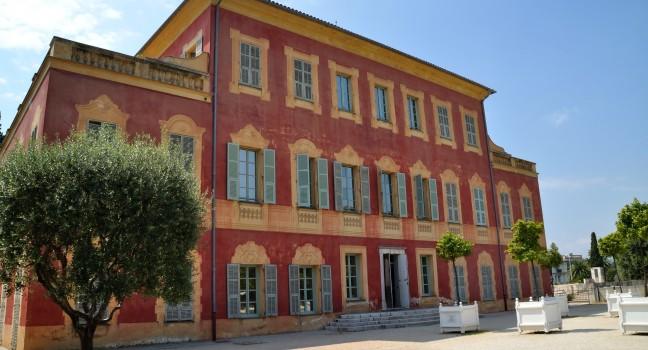Cours Saleya
This long pedestrian thoroughfare—half street, half square—is the nerve center of Old Nice, the heart of the Vieille Ville, and the stage for the city's marketplace and café life. Shoppers come to smell the roses (and mimosas and orange blossoms) before browsing at stalls selling local produce, spices, olives, and little gift soaps in the single row set-up, the overflow of which sprawls into leafy Place Pierre Gautier. Market days are Tuesday through Saturday, 6 am to 5:30 pm and Sunday 6 am to 1:30 pm. Arrive early, especially in summer, to avoid being at the mercy of the crowd (and a target for the rampant pickpockets).
On Monday morning, antiques and brocantes (collectibles) draw avid vintage hounds, and, from June to September, there's also an artisanal craft market selling jewelry, pottery, purses, and paintings. At Place Charles Félix on the east end of Cours Saleya is the imposing yellow stone building where Matisse lived on the third and then fourth floor from 1921 to 1938. Today, there’s no plaque that bears his name, only a broken shutter of his workshop to serve as a commemoration. Its future remains uncertain, but for many Niçois, this building is a part of Nice’s heritage.




